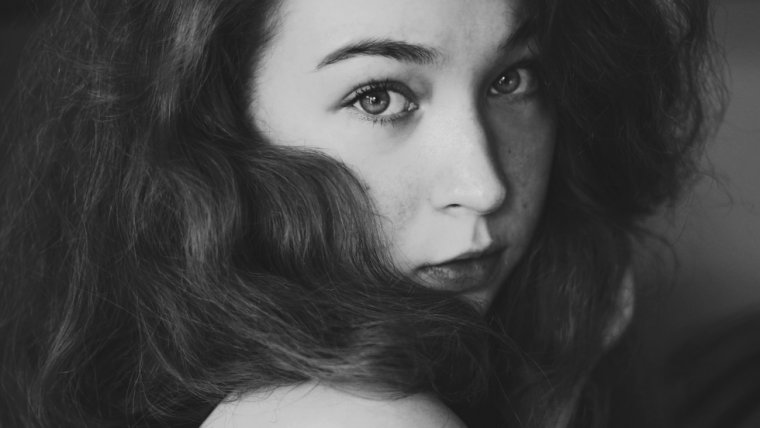
You’re editing an elegantly colored image and suddenly you feel compelled to use the black and white tool, just to see if it’ll make your photo even more striking. When you convert it, however, the results are unappealing – you stick to your original variegated photo instead. What if you had taken the time to experiment longer? Would the image be more striking in black and white?
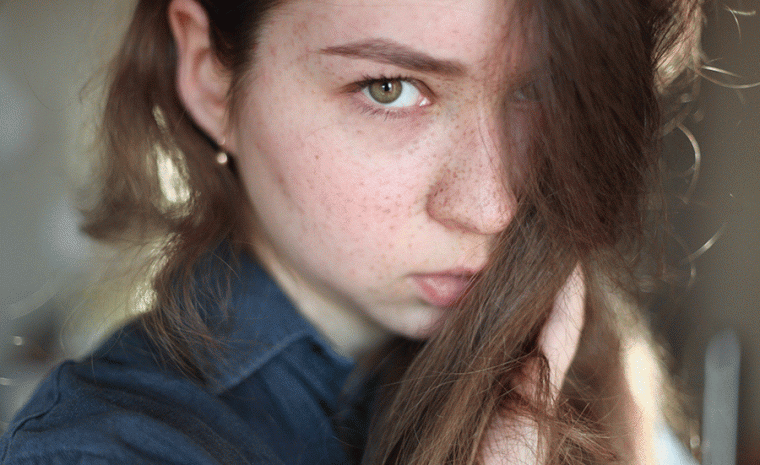
Though photos, when adorned with all kinds of colours, are exotic, there’s just as much beauty in monochromatic images, albeit on a different level. If you’re seeking to add more depth and emotions to your portfolio, don’t be afraid to use the black and white tool. If you take the following tips and notes into consideration while shooting, you’ll receive pleasing and portfolio-enriching results.
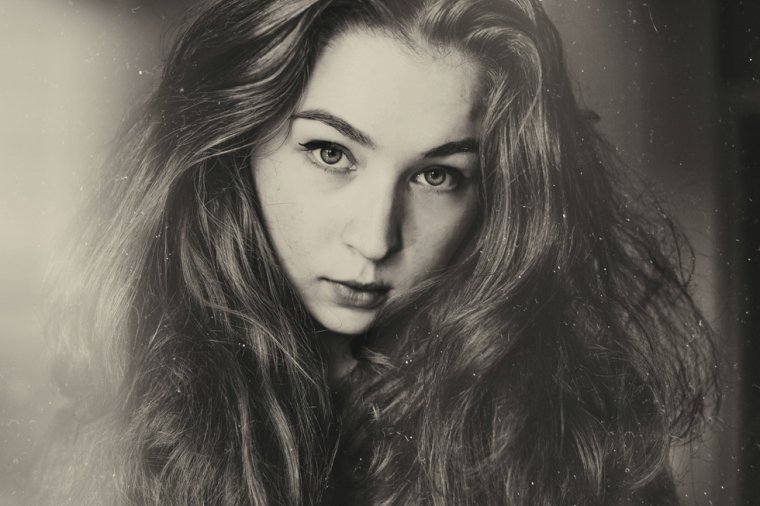
Colours provide us with limitless possibilities. We can alter them using all kinds of handy tools in our editing programs. Colours not only present us with vibrant compositions but also offer us a world of creative freedom. Therefore, it’s easy to understand the hesitation photographers experience when a black and white option is available – it seems to be opposite of vibrant or freeing. Though those two factors are essential in any artist’s life, limiting them can yield impressive results.
Limitations are creativity boosters – let’s use the story in Room by Emma Donoghue as an example: the main characters, a mother and her child, have been unfairly forced to reside in a single room for many years. For the child, the room is the only world he has seen, but he finds endless value in every object and corner. What he sees in his few possessions and what he makes of his tiny world is eye-opening. What if we, in our tremendously large worlds, made the most of everything by carefully taking our possessions apart and finding incredible value in them? Editing your photos in black and white is ideal for such experiments – remove all colors from your artwork and you’ll be faced with unsettling obstacles. These constraints will allow you to see possibilities in anything, be it in your personal life or in your art, giving you a chance to find comfort in the uncomfortable.
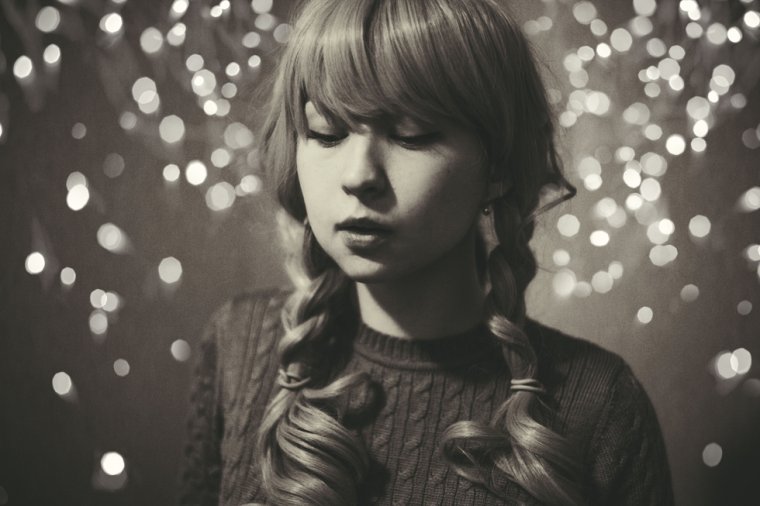
You might be unsure as to how to begin this challenge of poetic self-discovery. First, try to take a few existing photographs for the sake of experimenting. If you’d like to have a proper shoot first, focus on elements such as freckles and eyes – these are beyond striking in black and white, and they will dramatically increase the overall quality of your work. (If you or your subject don’t have freckles, drawing them on with an eyebrow pencil will also work!) Take photos of your surroundings, too, in case a great double exposure will come out of your experiment. Pay attention to details, as they will be the ones standing out once you’ve removed all colour from your photos.
Contrast is of utmost importance in the black and white realm. High, but not overdone, contrast adds a certain thoughtfulness to photographs. It compels the viewer to think about the subject and the story they’re attempting to tell. Though colours have the same storytelling ability, they don’t put as much emphasis on the emotions of the subject. The clarity tool in Lightroom is also very helpful when it comes to dramatic emotions. A slight increase will enhance your image in the most beautiful way.
To take it a step further, try working with monochrome: varying tones of only one colour. This will add a unique touch to your otherwise black and white images, further allowing you to challenge yourself (this time with only one colour). A hint of colour will add a feeling of maturity to your images (think of withering vintage photographs – all kinds of ideas can emerge from that thought alone). You can also add texture (specifically dust and scratches) to your photos. The more you experiment, the more you’ll enjoy the beauty of black and white photography.
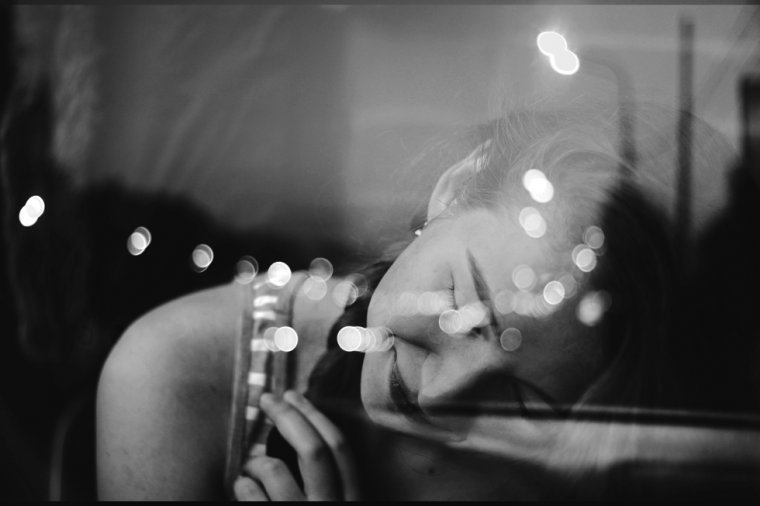
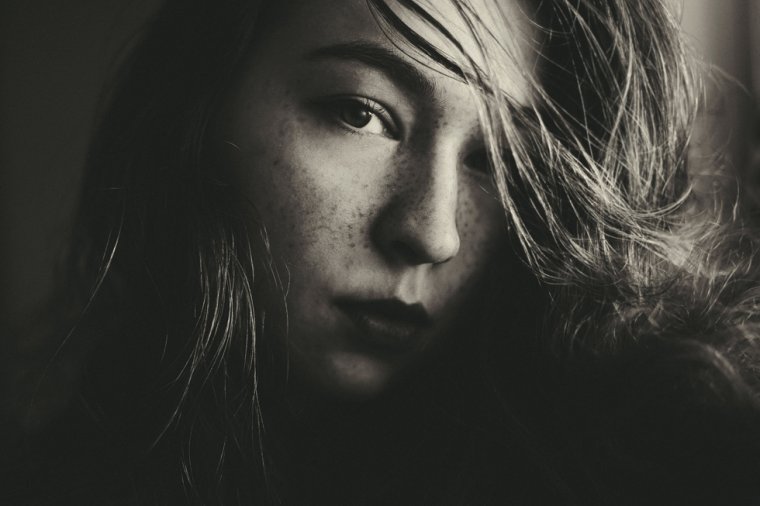
Not only do black and white images inspire you to look at daily events and objects from a fresh perspective, but they also challenge you in the healthiest of ways, proving that limitations can be incredible teachers. If intensifying the emotional aspect of your art is in your field of interests, then be fearless when it comes to black and white photography – you’ll create incredible works of art with it. Even if you end up preferring vibrant colours to desaturated ones, you will have challenged yourself and learned something refreshing, unfamiliar and eye-opening. That’s something to be proud of as an artist.
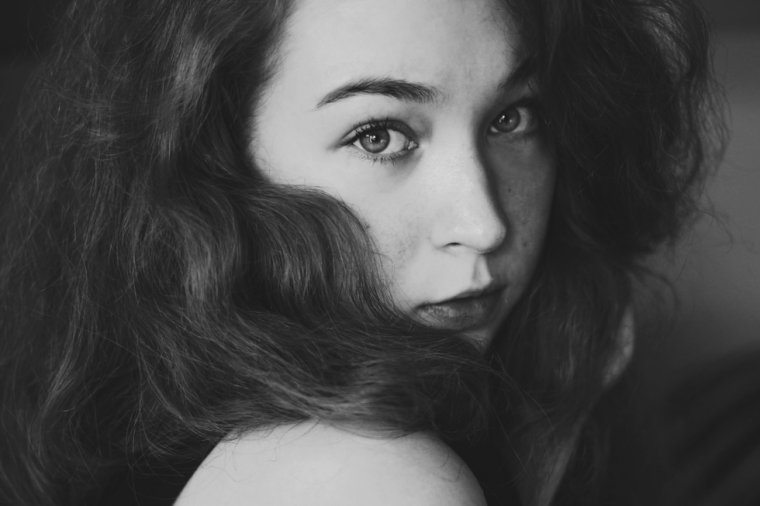
Comments (0)
There are no comments yet.